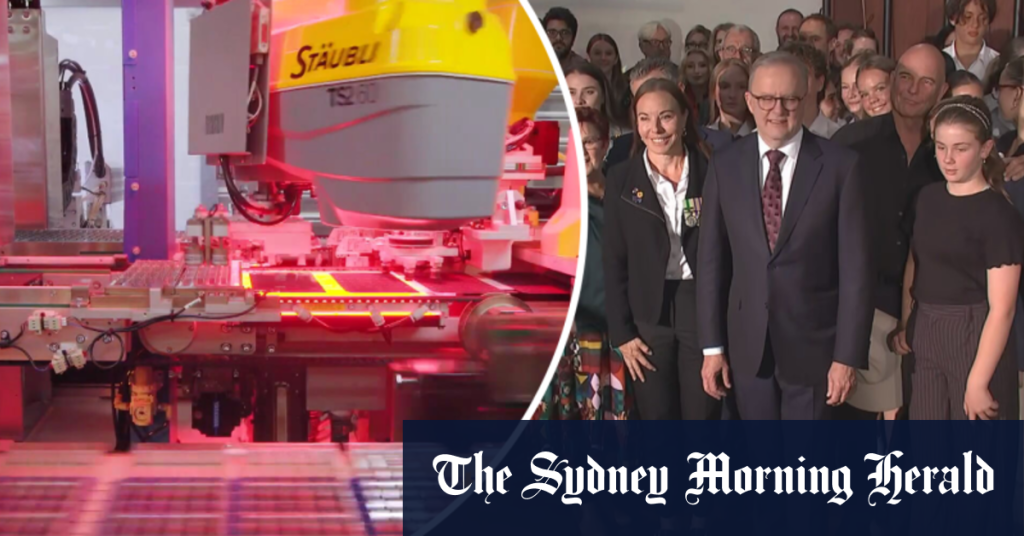The prime minister is facing criticism for his “Made in Australia” manufacturing plan, with many questioning the effectiveness and feasibility of the proposal. The plan aims to boost domestic manufacturing and create jobs by prioritizing Australian-made products and supporting local industries. However, critics argue that the plan lacks substance and detail, and question how it will be implemented and funded.
Opposition parties and industry experts have raised concerns about the potential impact of the manufacturing plan on the economy and businesses. Some argue that focusing solely on Australian-made products could lead to higher prices for consumers and reduced competitiveness for businesses. Others question the government’s ability to follow through on its promises and deliver tangible results.
The prime minister has defended the manufacturing plan, emphasizing the importance of supporting local industries and creating jobs for Australians. He has outlined the government’s commitment to boosting domestic manufacturing and ensuring that Australian-made products are given priority in government procurement processes. The prime minister has also announced additional funding and initiatives to support the manufacturing sector and promote economic growth.
Despite the prime minister’s efforts to promote the “Made in Australia” manufacturing plan, criticism and skepticism continue to surround the proposal. Many remain unconvinced about the plan’s potential impact and question whether it will be successful in achieving its goals. The government faces ongoing pressure to provide more details and clarity on how the plan will be implemented and funded, as well as how it will address the concerns raised by opposition parties and industry experts.
The debate over the “Made in Australia” manufacturing plan reflects broader discussions about the future of the Australian economy and the role of domestic manufacturing in supporting growth and creating employment opportunities. As the government continues to face scrutiny and criticism over its economic policies, it will be important to address the concerns raised by stakeholders and work towards consensus on how best to support the manufacturing sector and promote sustainable economic development.
Overall, the prime minister’s “Made in Australia” manufacturing plan has sparked controversy and divided opinions among various stakeholders. While the government is committed to supporting domestic manufacturing and promoting Australian-made products, questions remain about the feasibility and effectiveness of the proposal. Moving forward, it will be crucial for the government to address the concerns raised by critics and work towards a comprehensive and sustainable strategy for boosting the manufacturing sector and driving economic growth.


